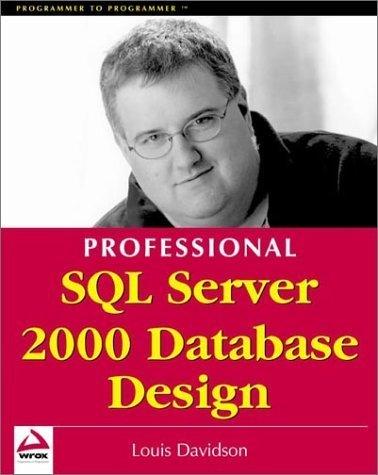Answered step by step
Verified Expert Solution
Question
1 Approved Answer
Please answer fast. Thanks. Instructions: You will need adiditional shects of paper. Put your name on each shect and identify the question. Use the quick
Please answer fast. Thanks. 

Step by Step Solution
There are 3 Steps involved in it
Step: 1

Get Instant Access to Expert-Tailored Solutions
See step-by-step solutions with expert insights and AI powered tools for academic success
Step: 2

Step: 3

Ace Your Homework with AI
Get the answers you need in no time with our AI-driven, step-by-step assistance
Get Started


